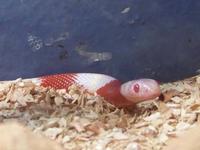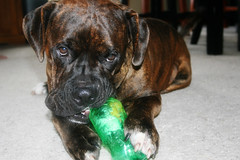Hello all! I have a question:
I'm getting a corn snake in a few weeks. This will be my first snake, and I'm wondering if there's anything I need to look out for (i.e. crankiness, etc.). I know it depends on the animal, but is there anything I should know about corn snakes in general?
Thanks~







 Reply With Quote
Reply With Quote



 Post some pictures of her if you can
Post some pictures of her if you can 









Bookmarks